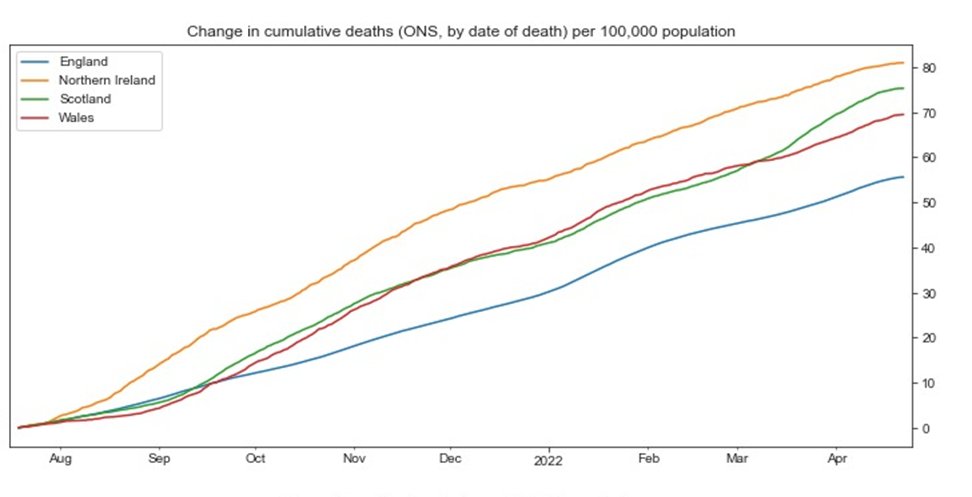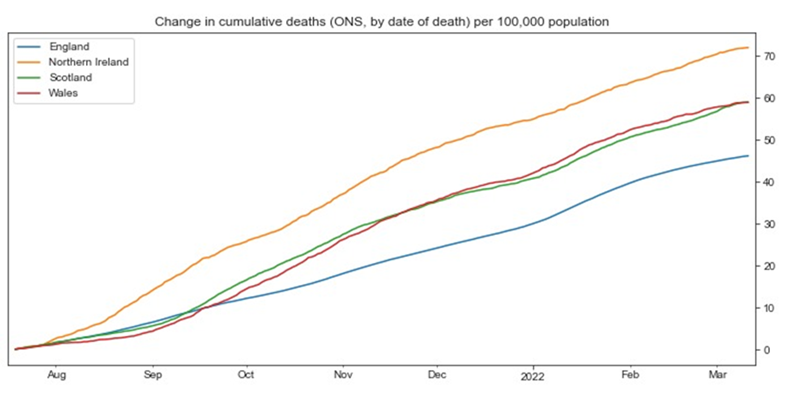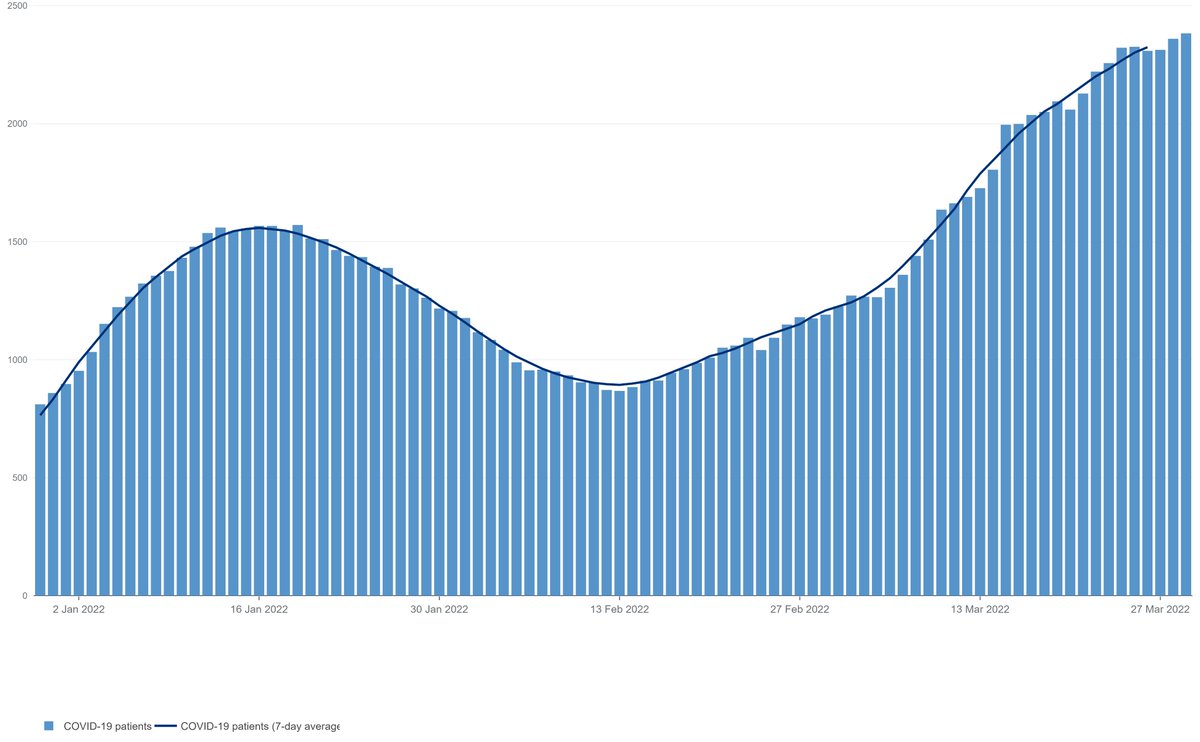V. important paper published in the Lancet - the first peer-reviewed global estimates of excess deaths (the most reliable way to compare Covid deaths) over first 2 years of pandemic with findings that will surprise many & correct five widespread misconceptions / assumptions:
1/9
1/9
1. Far from the UK having the worst death rate in Europe (or even Western Europe) as many still think, it is actually 29th in Europe & 9th in Western Europe - below the Western European average & at the same level as France & Germany (no statistically significant difference) 

W. Europe: 140.0 (133.5-146.3)
Italy: 227.4 (212.0-242.5)
Portugal: 202.2 (190.7-212.2)
Spain: 186.7 (181.3-191.5)
Belgium: 146.6 (135.8-156.3)
Netherlands: 140.0 (131.3-147.6)
UK: 126.8(122.3-130.9) Eng. 125.8(122.1-128.7)
France: 124.2 (120.5-127.7)
Germany: 120.5 (115.1-125.1)
Italy: 227.4 (212.0-242.5)
Portugal: 202.2 (190.7-212.2)
Spain: 186.7 (181.3-191.5)
Belgium: 146.6 (135.8-156.3)
Netherlands: 140.0 (131.3-147.6)
UK: 126.8(122.3-130.9) Eng. 125.8(122.1-128.7)
France: 124.2 (120.5-127.7)
Germany: 120.5 (115.1-125.1)
2. Even the misleading claim that many still make that the UK had the highest death toll based on absolute numbers (which is obviously mainly determined by the population size) is now wrong:
Italy: 259000
Germany : 203000
UK: 169000 (England: 142000)
Spain: 162000
France: 155000
Italy: 259000
Germany : 203000
UK: 169000 (England: 142000)
Spain: 162000
France: 155000
3. England hasn't had a higher death rate than other home nations: all are basically the same level with no statistically significant difference:
England: 125.8 (122.1 - 128.7)
Northern Ireland: 131.8 (101.6 - 165.0)
Scotland: 130.6 (115.7 - 145.1)
Wales: 135.5 (121.9 - 147.5)
England: 125.8 (122.1 - 128.7)
Northern Ireland: 131.8 (101.6 - 165.0)
Scotland: 130.6 (115.7 - 145.1)
Wales: 135.5 (121.9 - 147.5)
4. Sweden has not had a higher excess death rates than its Scandinavian neighbours (no difference except to Norway) and is well below the W. European average (as shown above):
Denmark: 94.1 (80.5-106.3)
Sweden: 91.2 (85.2-98.1)
Finland: 80.8 (66.2-94.0)
Norway: 7.2 (0.0-15.9)
Denmark: 94.1 (80.5-106.3)
Sweden: 91.2 (85.2-98.1)
Finland: 80.8 (66.2-94.0)
Norway: 7.2 (0.0-15.9)
5. There is no clear relationship between levels of excess mortality and different levels of restrictions/ NPIs across Western Europe or indeed the whole of Europe. (The much higher Covid death rates in Central and Eastern Europe are mainly due to lower levels of vaccination.) 

Of course as we look back, we must see what lessons we can learn from countries that have had much lower excess death rates (like Norway) but all the commentary to date as to to how and why the UK (or Sweden) has done so much worse than its neighbours is clearly no longer valid.
And of course we owe it to the tens of thousands who have died, including many of my NHS colleagues, to have a proper public inquiry that looks at all the decisions made over the last two years to ensure we learn from our mistakes and see how we can do better in the future.
There are lots of other important findings in the full paper too showing that deaths from Covid have been much higher in many countries than official figures suggest and that excess death rates have varied very widely between countries and within regions.
thelancet.com/journals/lance…
thelancet.com/journals/lance…
• • •
Missing some Tweet in this thread? You can try to
force a refresh

















